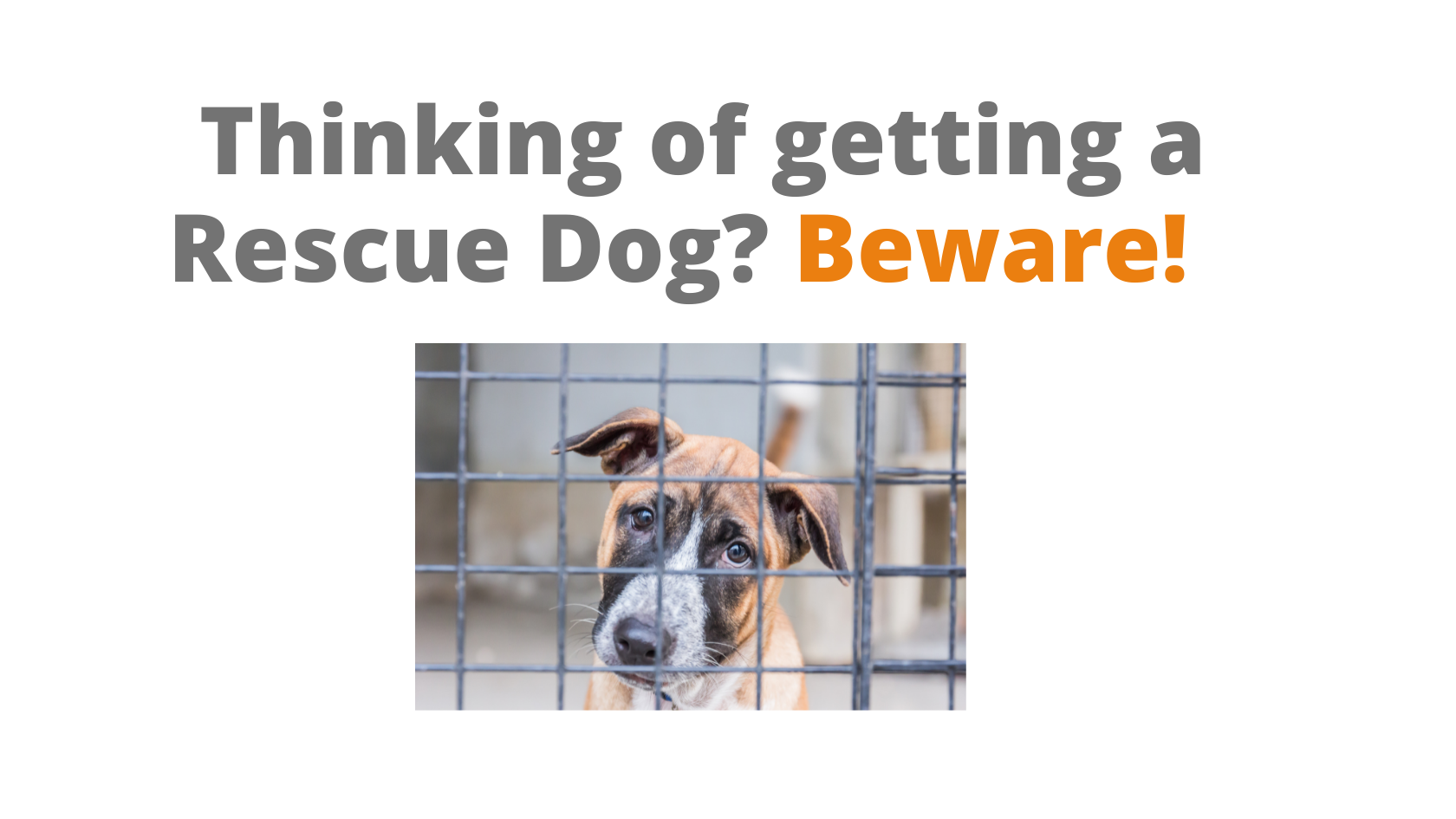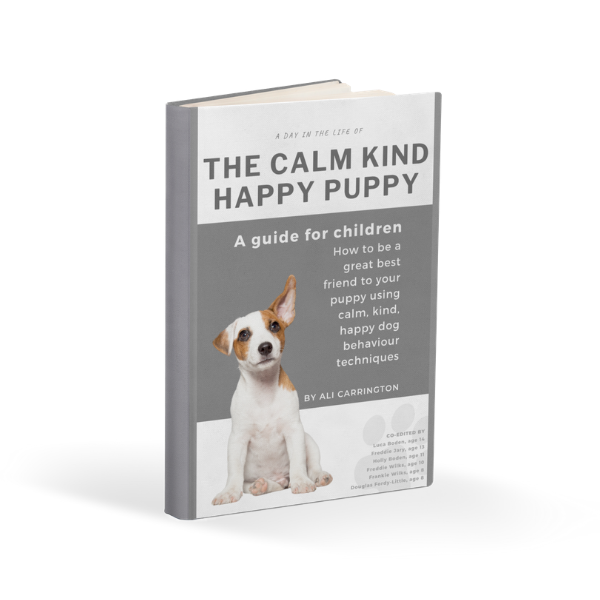A: Firstly, we need to teach our dogs that mouthing is unacceptable. It’s really important because they don’t understand (Yet? Some dogs will, some dogs won’t!) that our skin is more delicate than theirs. In order to teach them, they need to a. Receive no attention for it, and b. Receive a consequence of their action swiftly and calmly.
The consequence that makes the most sense for a dog is to be separated briefly from the group, the family, or just you if it’s the pair of you together. So I advise that you first make sure that you pay no attention to the behaviour (I know that’s difficult when it hurts!), giving them a couple of times to realise that they gain nothing, including attention, from it. If they can’t understand that you don’t want it from you simply ignoring the behaviour then you move to the consequence and they need to be either removed from the room, or you, yourself, leave the room.
You can sometimes try a loud squeal and then walk away, hopefully communicating that it hurts. But also be aware that this isn’t always effective and could trigger further mouthing!
Once you have separated yourself from the mouthing dog and given them enough time to reflect on what has just occurred, it is then important that you “reunite” appropriately, ie. You either come back into the room they are in, or you open the gate that prevents them from being with you. You do this without eye contact and without attention and I advise that you don’t interact for quite a while after mouthing incidences – it’s so important that dogs understand this rule in our lives! And they understand “no attention” really well – dogs do not engage with dogs if they don’t like their behaviour, so this is our model to follow. If there are loads mouthing incidents in your lives right now, there should be less and less interaction with the dog in general. Remember that everything we do with our dogs is part of a conversation and when we give them eye contact and attention their adrenaline increases. This may be all it takes for them to be triggered to try their mouthing again. So you “rinse and repeat” the guidance above, perhaps steadily lengthening the time they are separated from you and lengthening the time you do not interact with them, in line with their unwanted behaviour. It may feel like you are barely interacting with a mouthing dog sometimes! And this is the right thing to do, it is their language of interactions we are using and it works. But you may need to be patient.
I also often advise that people fold their arms and turn their faces away from a mouthing dog so that they keep their arms less of a target for their dogs, and it usually shows the dogs “no more arms, no more hands and no interaction, thank you!”. If you find that this seems to be triggering more mouthing not less, then I would first encourage you to be calmer and smoother in your movements – dogs are triggered to move and follow movement! And I would be asking about the situations when this behaviour occurs… is there a particular activity that triggers the dog to use its mouth like this? For now, that’s the bit to control – either don’t do that activity for a while, or put the dog somewhere out of the way while you get on with that activity. It might seem at first that you are avoiding the issue, but if you are finding the mouthing is constant, you will find yourselves more and more in a physical battle and we definitely do not want this. Instead let’s do what we can to control the situation so the occasions occur less often. When it does happen, you reduce your interactions drastically so that he has a choice – interact with you gently, or not at all. This is how to deeply teach a dog what you will and won’t accept.
Best of luck and don’t hesitate to contact me if you need further help on this.


